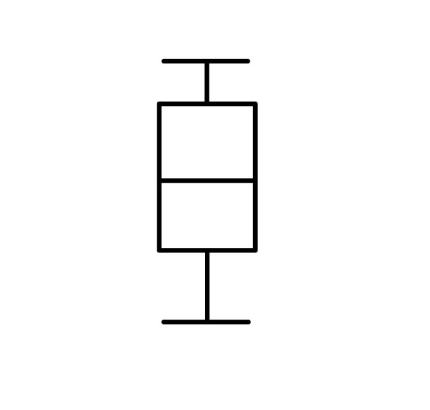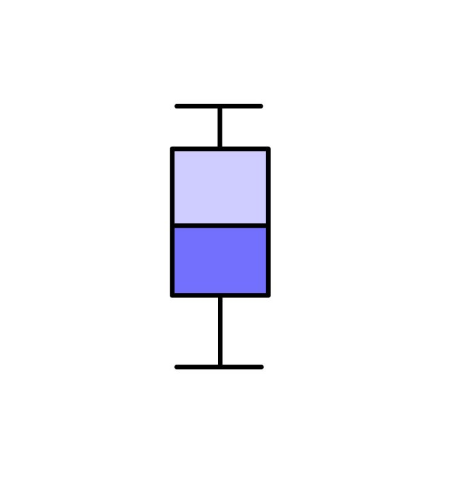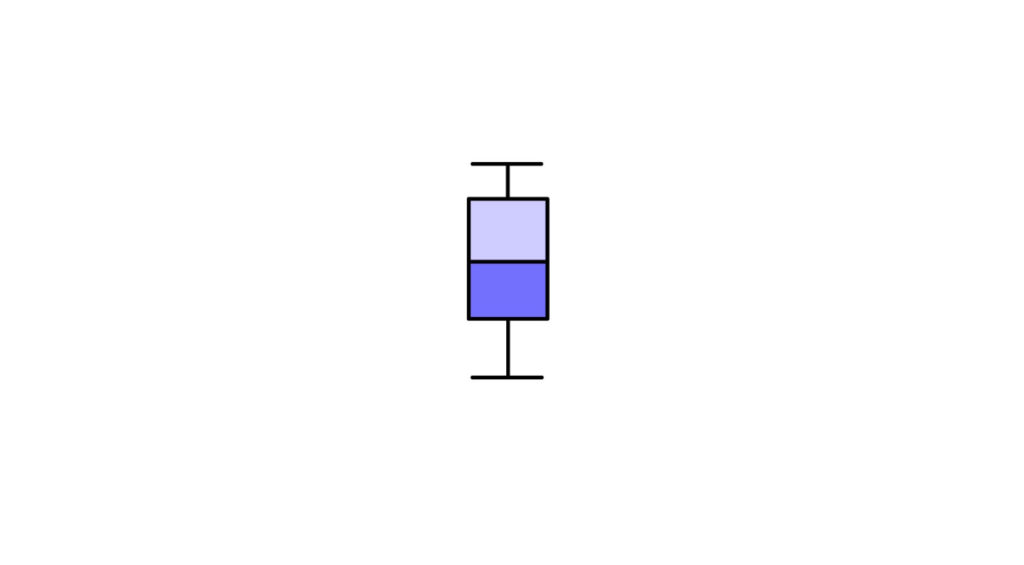How to Draw A Boxplot. There are many options available to you when it comes to displaying data. We can use many graphs and charts to visually present information in a way that is easy to interpret.
Also, check our Butterfly Coloring Pages.
Boxplots, also known as whiskers, are charts used to represent data. In this tutorial on how to draw a boxplot, we’ll show you how to draw a simple version of this chart!
Boxplots come in many forms, but this gives you a basic idea of creating a simple chart.
How to Draw A Boxplot
Step 1
In this guide to drawing a boxplot, you’ll find it much easier to work with when you use a ruler to help you with all straight lines.
Also, we won’t go into too much detail on how to plot data on a boxplot, as that’s another matter entirely!
Instead, we’ll focus on the basics of drawing boxplot structures.
To start, let’s keep things nice and simple. We’re going to draw what looks like a flat letter T.
Use your ruler to draw a horizontal line for the top of this part and then a short line down from it to Draw A Boxplot.
This section is part of how the data is presented in the chart and varies depending on the data.
Step 2
We can now draw the chart’s main part to continue with this boxplot drawing. This will be drawn as a rectangular shape and now let’s start with the first part.
First, use your ruler to draw another horizontal line at the base of the T shape you drew.
Then you can use your ruler to draw a vertical line down the left side.
Using a tool like a set square can make this a lot easier; ideally, you want a right angle for this part. Then continue with step 3 to Draw A Boxplot!
Step 3
Now it’s time to add the next section of the boxplot body! First, draw another straight vertical line down from the right side of the line under the T shape.
After drawing, let’s add another horizontal line through the body’s centre.
As mentioned, many of these details will vary depending on the data being represented, and the way we plot them here is just a simple example.
After adding this line, we can finish the body in the next step to Draw A Boxplot.
Step 4
In this step of our tutorial on drawing a boxplot, we will finish the main part of the chart. Complete the rectangular shape by adding another horizontal line at the chart’s base.
With this rectangular body complete, let’s begin the final section. First, draw another straight line from the centre of the rectangle’s base to Draw A Boxplot.
This is longer than the vertical line for the upper T-shape but also varies depending on the data. Then you are ready for the final drawing details!
Step 5
The last row of this box design should be easy enough to add! You must draw another small horizontal line to form the base of the inverted T shape at the bottom of the boxplot.

Once you’ve drawn this line, you’ve successfully learned how to draw a basic texture shape!
As we’ve mentioned a few times in this guide, the structure will vary depending on what you’re using to display the boxplot.
There are also more details added to these charts to present more data to Draw A Boxplot.
For example, you can add small dots around the T-shapes to show specific values and their relationship to other data.
What will you use to represent this boxplot? You can add text to show what you would use it for!
Step 6
With this design, the choice of colours is entirely up to you!

We can also use the colours you use to help interpret the data you are plotting, allowing you to consider what colours you think to look best.
In our example, we used a light lavender purple for the top half of the rectangle. Then we used a slightly darker purple for the other half to Draw A Boxplot.
When colouring this chart, we recommend using coloured pencils or markers to make the colours vibrant and clear!
Your Boxplot Drawing is Finished!
